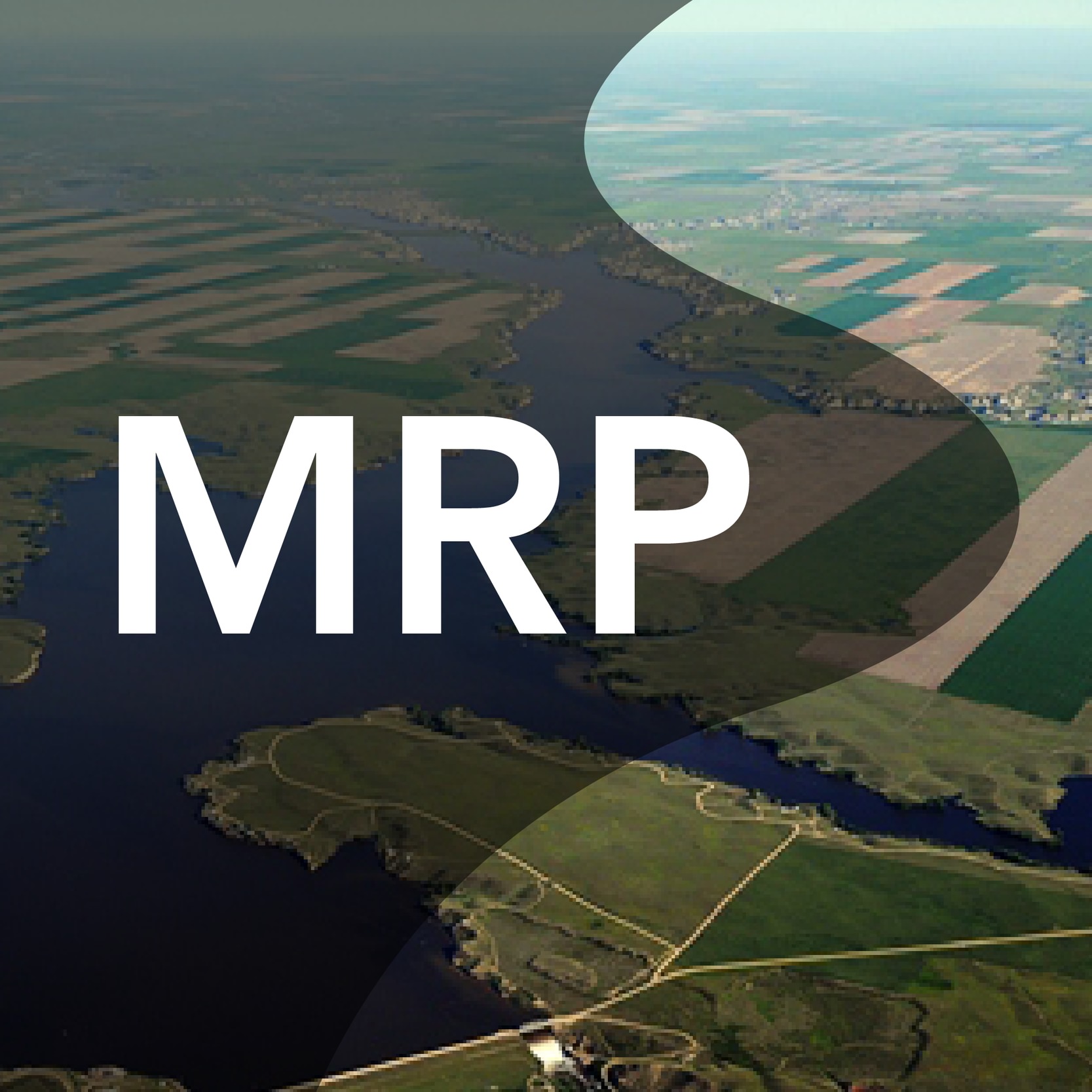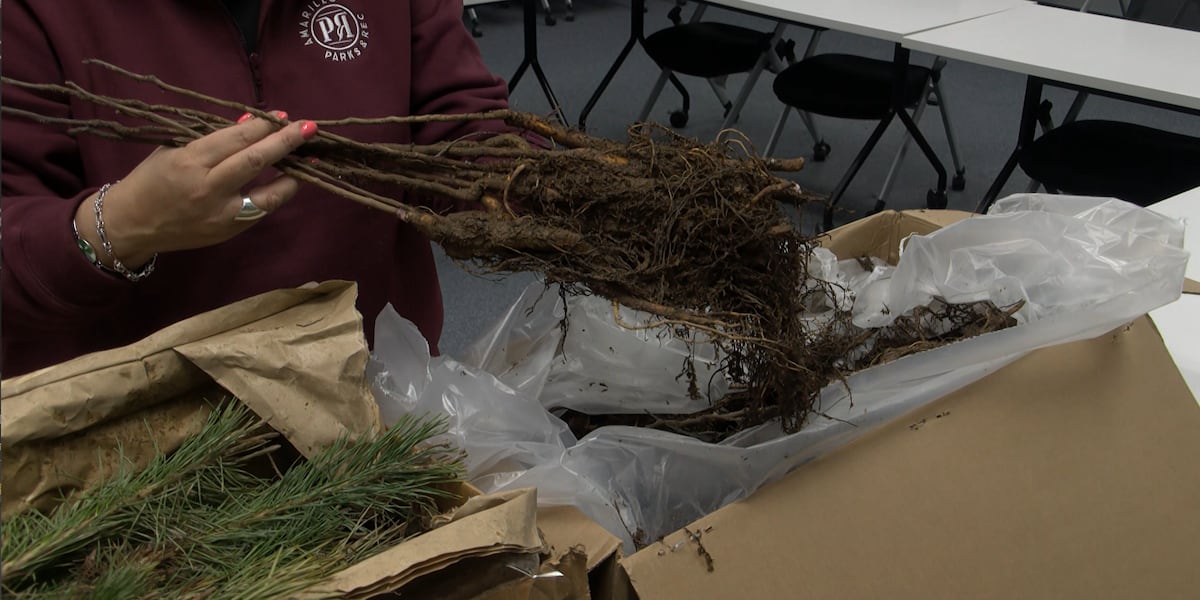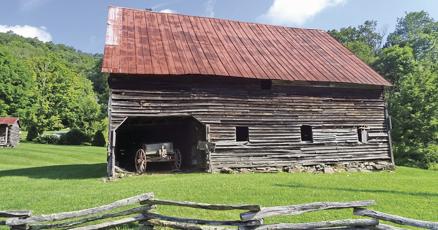Reviving Ecosystems: Milk River Project Launches Ambitious Environmental Restoration Campaign

Milk River Project: Transforming Agriculture in Montana's Arid Landscape
The Milk River Project stands as a remarkable testament to human engineering and agricultural innovation in northeastern Montana. Initiated in the early 20th century, this ambitious water management initiative has been crucial in transforming the region's harsh, semi-arid terrain into a productive agricultural landscape.
Historical Origins and Development
Conceived in the early 1900s, the Milk River Project was a visionary effort by the U.S. Bureau of Reclamation to harness water resources and make the seemingly inhospitable Montana plains viable for farming. The project's primary goal was to divert water from the St. Mary River across the Continental Divide, supplementing the naturally limited water supply of the Milk River watershed.
Engineering Marvel
The project's ingenious design involves a complex system of dams, reservoirs, and canals that capture and redistribute water across approximately 130,000 acres of agricultural land. The St. Mary Canal, a critical component of the project, diverts water from Alberta, Canada, through a series of tunnels and pipelines, dramatically increasing the water availability in the region.
Economic and Agricultural Impact
Since its implementation, the Milk River Project has been a lifeline for local farmers and ranchers. By providing reliable irrigation, the project has enabled the cultivation of crops like wheat, barley, and sugar beets in an area that was previously considered too dry for extensive agriculture. The project has not only supported local economies but has also contributed significantly to regional food production.
Ongoing Challenges and Adaptations
Despite its success, the project faces ongoing challenges, including climate change, water allocation disputes, and aging infrastructure. Continuous maintenance and adaptive management strategies are essential to ensure the project's long-term sustainability and effectiveness in supporting agricultural communities.
Conclusion
The Milk River Project remains a powerful example of human ingenuity in overcoming environmental limitations. It demonstrates how strategic water management can transform landscapes, support agricultural development, and create opportunities in seemingly challenging environments.








